In 2024, the US Space Force will have a higher budget than the US National Aeronautics and Space Administration for the first time ($32 billion compared to $26 billion). China also spends between $17 billion and $22 billion on space, while Russia has a more modest budget of just under $6 billion.

These figures are not mere statistics. In late May, the US Department of Defense accused Russia of launching a space weapon and placing a US government satellite in the same orbit. Russia declined to comment on the information, and also accused the US of seeking to place weapons in space after Washington rejected a resolution on the issue proposed by Moscow at the UN Security Council (also in May).
Meanwhile, expert Alain de Neve at the Center for Security and Defense Studies, under the Belgian Ministry of Defense, in a press interview, recalled that in early 2023 China launched a satellite, and from this same satellite, an unidentified object was launched again, approaching a US military satellite.
Given these developments, observers believe that the space arms race has begun. General Michel Friedling, the first commander of the French Space Force, said that the process of militarizing space has actually been accelerated since the 2010s. US authorities once asserted that victory on the battlefield depends on success in space. This view was partly proven during the 1990 Gulf War. Expert Xavier Pasco, Director of the French Foundation for Strategic Research, said: “During the first Gulf War, people realized that having satellites capable of counting missiles in silos or seeing things accurately was not helpful. Therefore, the US invested heavily at this time in the strategic aspect of space in a more operational direction, more relevant to the battlefield.” Meanwhile, Mr. Paul Wohrer, a researcher at the French Institute of International Relations, said that space had been quietly moving closer to the battlefield. “If you use satellites to guide bombs, then it makes sense to target satellites,” said Wohrer.
The current conflict in Ukraine has also highlighted the hybrid nature of contemporary warfare, with drones and cyber operations playing a role. It has also highlighted the role of commercial satellites in conflicts, with Elon Musk’s Starlink internet network playing a key role in Ukraine’s military operations. In this space race, the dominant doctrine is to demonstrate the ability to respond when attacked. This has led to a space arms race. Many Cold War ideas can be realized thanks to technological advances such as Star Wars-style lasers.
Space is not only a battlefield, it is increasingly strategic for the economy. Many sectors such as finance, agriculture, air transport and maritime also depend on satellite telecommunications systems. Therefore, Mr. Franck Lefèvre, Technical Director of the Center for Aeronautical Research, warned that it is possible to destabilize a country's economy by attacking its space infrastructure.
PEARL
Source: https://www.sggp.org.vn/cuoc-dua-vu-trang-khong-gian-bat-dau-post761108.html





![[Photo] Visiting Cu Chi Tunnels - a heroic underground feat](https://vstatic.vietnam.vn/vietnam/resource/IMAGE/2025/4/8/06cb489403514b878768dd7262daba0b)




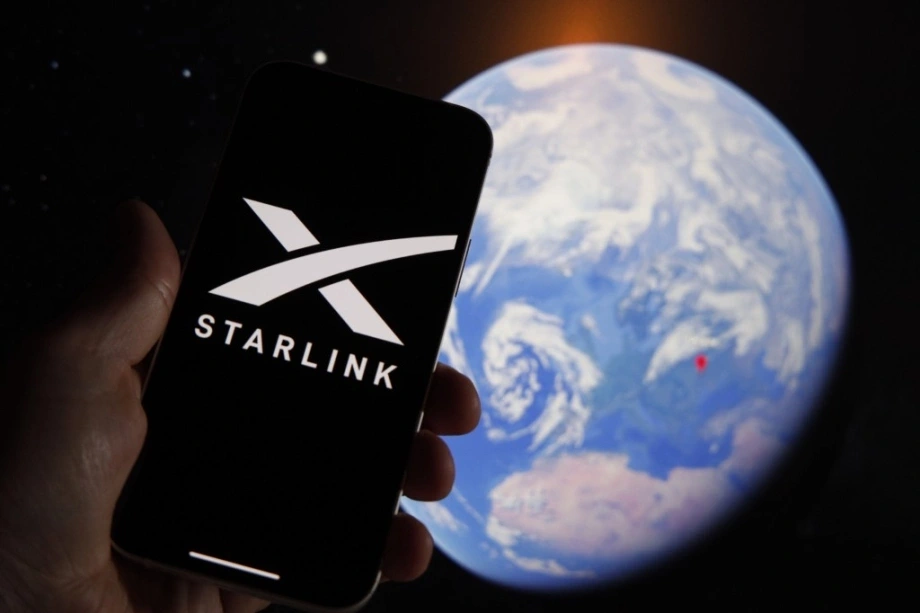

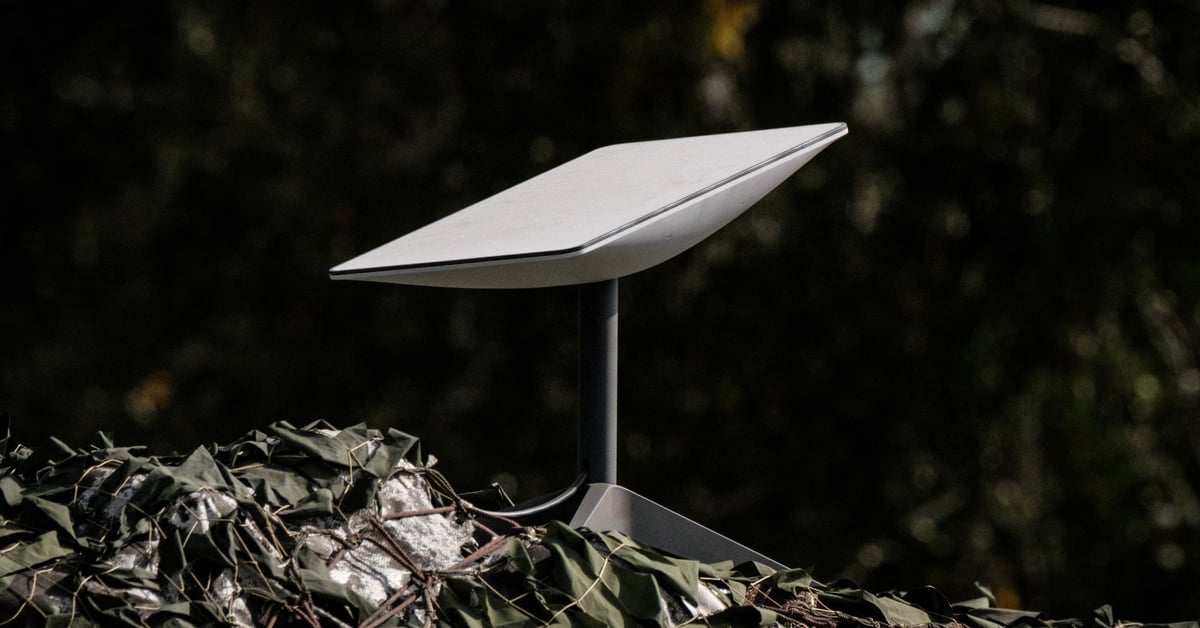

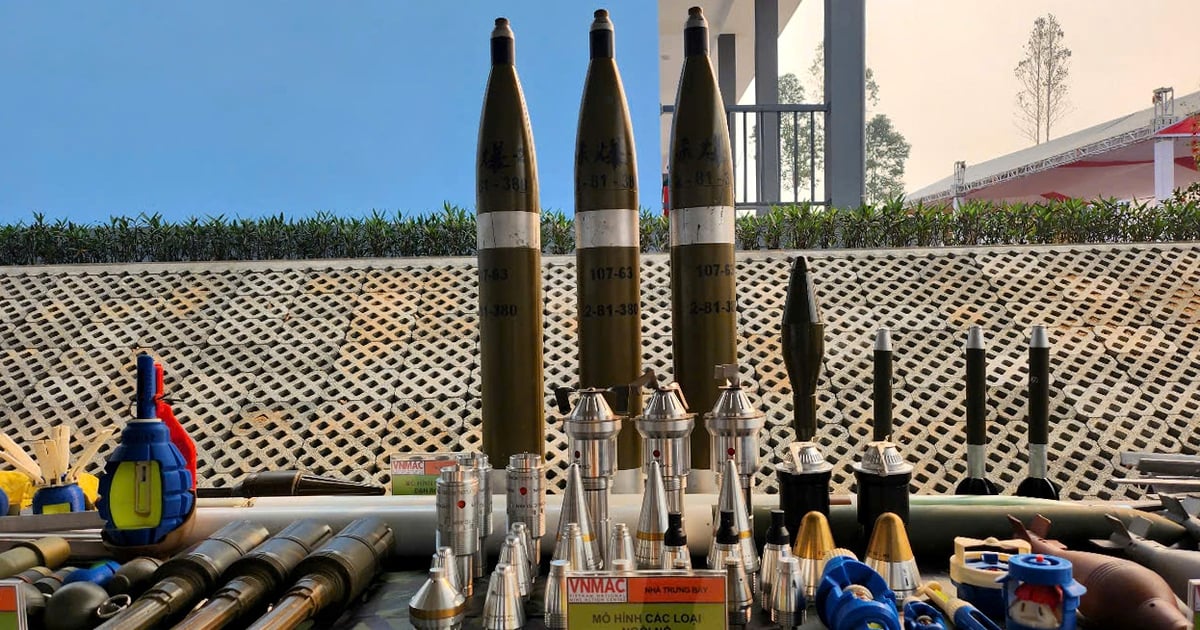

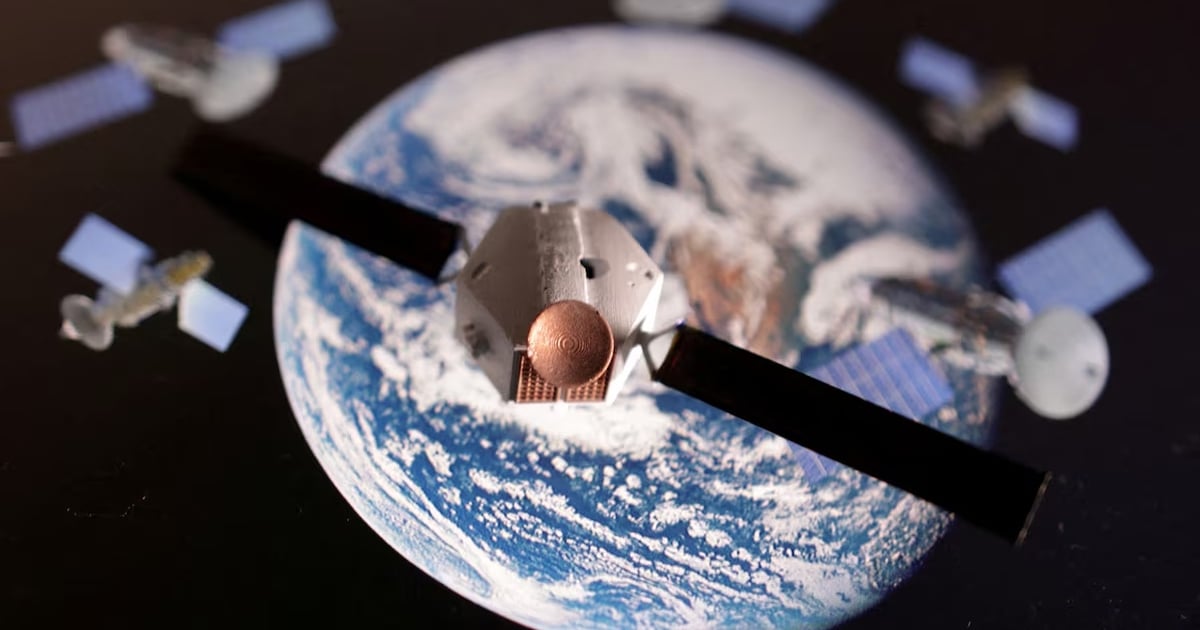


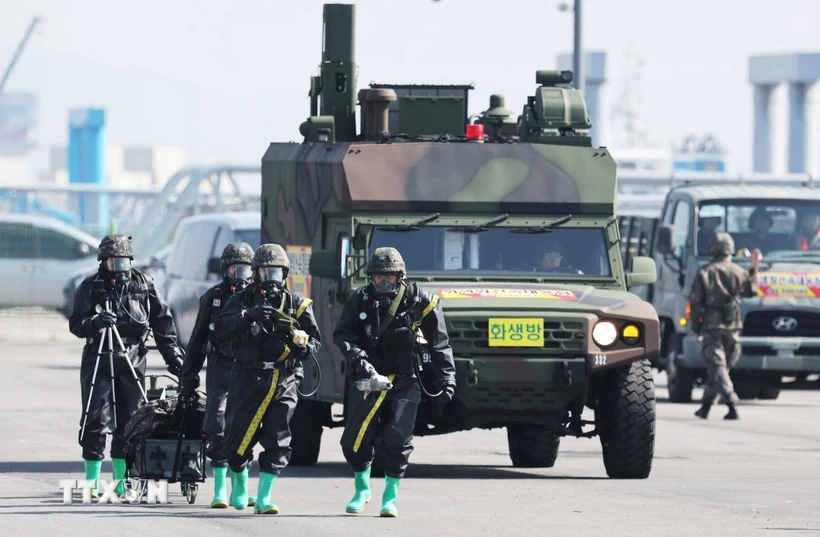


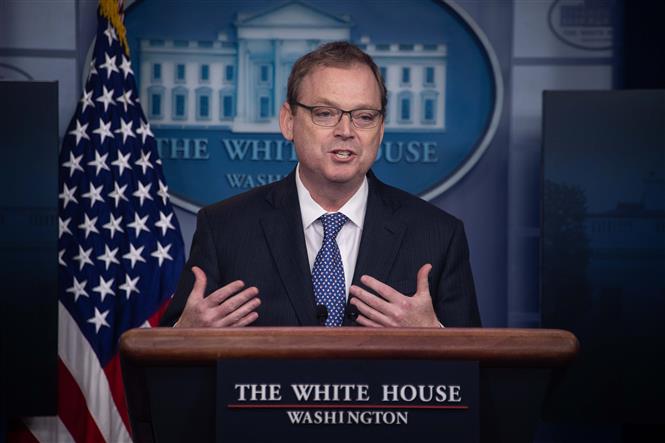







































































Comment (0)